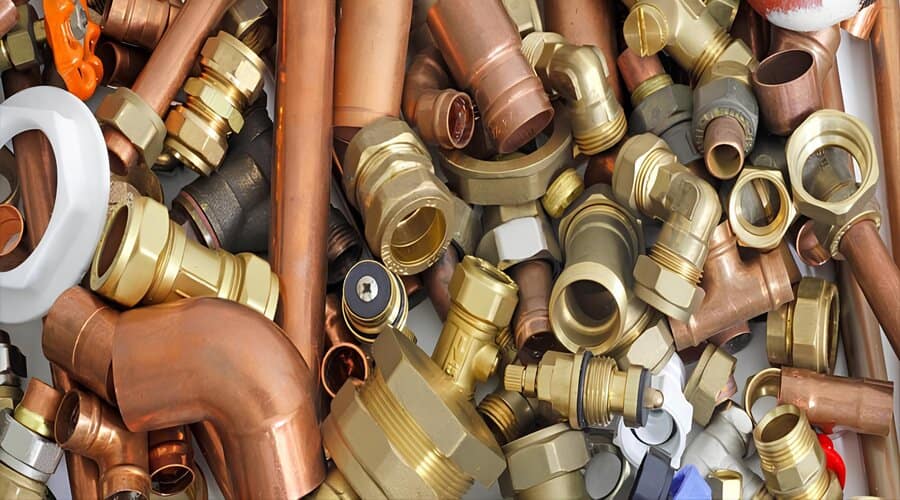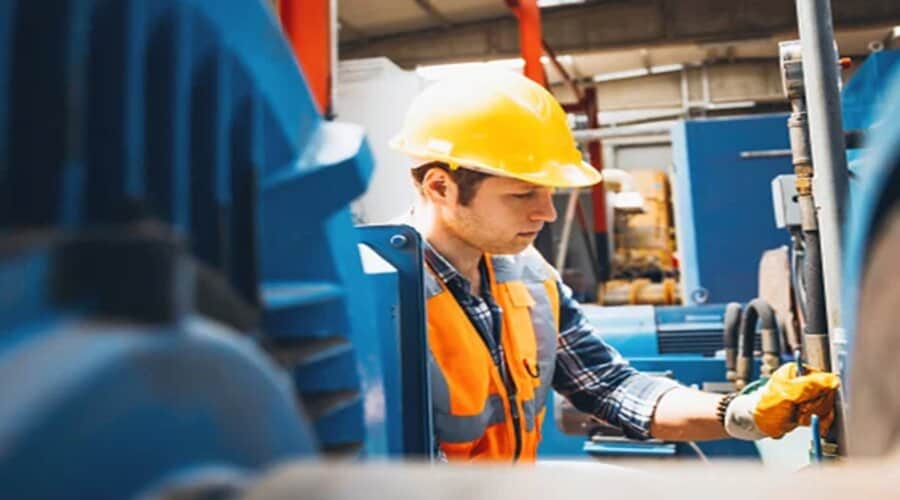
What Are The Difference of Gate Valve And Ball Valve
Gate and ball valves are the market’s most commonly used flow control valves. People generally use them to control the flow of liquids and gases. These valves serve a similar function.
However, there are main differences between them. While there’s a wide range of valve varieties, the ball and gate valves are the most popular.
Both valves perform a similar purpose. However, their structural features reveal significant differences. This post explains the gate valve vs ball valve and how to decide which one to choose.







